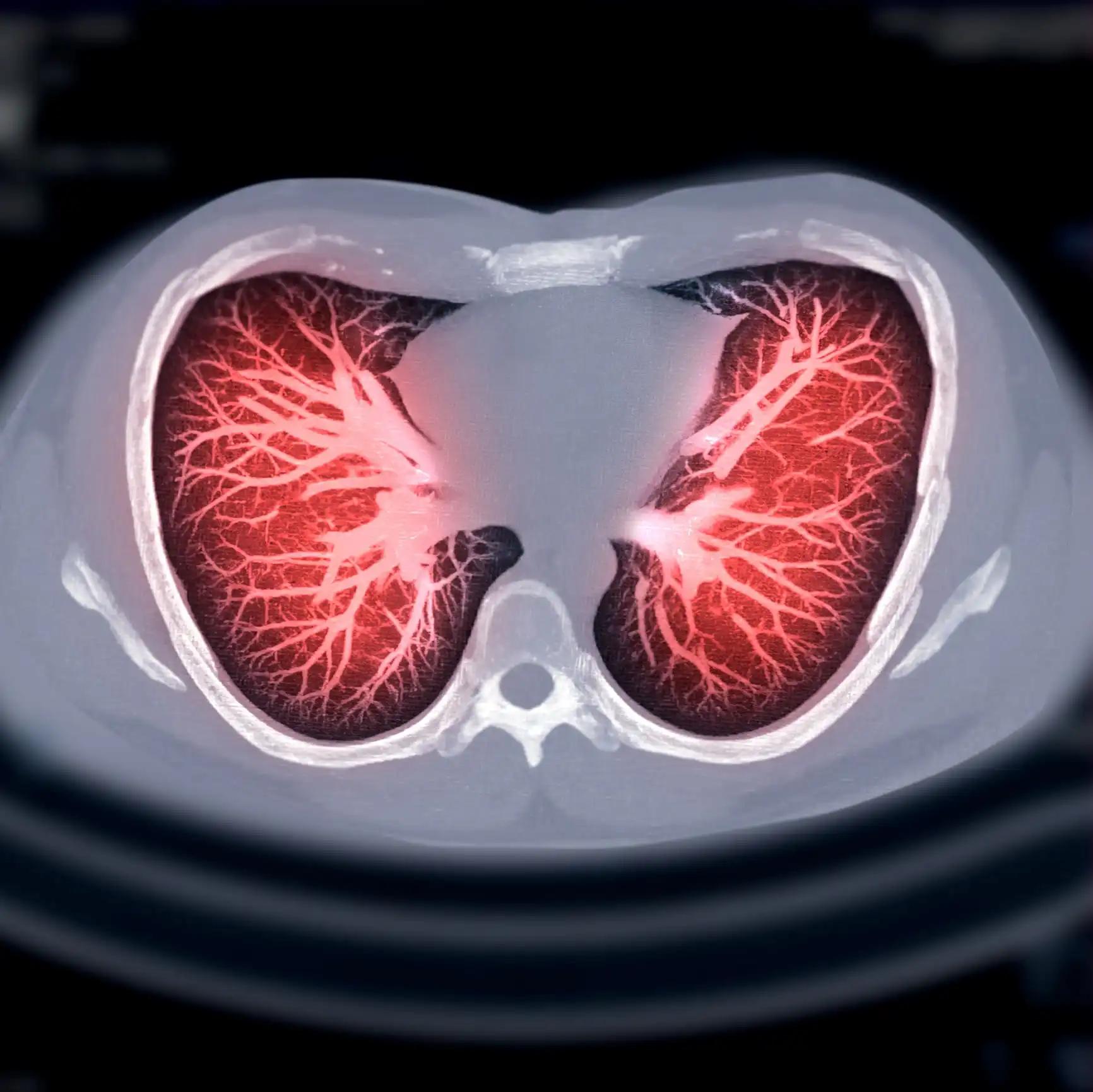KEY TAKEAWAYS
- The phase 3 POSEIDON study analyzed the impact of the frequency of CT cycles and patterns of response in mNSCLC pts.
- The patients were randomly assigned to receive one of three treatments: 1L T+D+CT, D+CT, or CT.
- Exploratory data suggest 4 CT cycles with T and D enhance response and tumor shrinkage in mNSCLC, including challenging subgroups.
- Additional 2 CT cycles didn’t worsen toxicity or impact planned CT administration, supporting treatment optimization in mNSCLC.
The POSEIDON study stated that patients (pts) with EGFR/ALK wild-type mNSCLC who received 1L tremelimumab (T) plus durvalumab (D) and four cycles of platinum-based chemotherapy (CT) showed improved progression-free survival (PFS) and overall survival (OS) compared to those who only received CT. The FDA approved T+D+CT; objective response rate (confirmed; 38.8% [95% CI, 33.6–44.3] and 41.5% [95% CI, 36.1–47.0] vs 24.4% [95% CI, 19.9–29.4]) and response time was also improved with both T+D+CT and D+CT vs CT. The connection between the number of CT cycles and response patterns in metastatic non-small-cell lung cancer (mNSCLC) pts is not fully established.
The phase 3 trial randomly assigned 1,013 pts to receive one of three treatments: 1L T+D+CT, D+CT, or CT. The researchers conducted exploratory analyses on the objective response (intent-to-treat [ITT] and safety (safety population) on pts with mutations in STK11, KEAP1, or KRAS after two vs four cycles of CT (week six vs 12 scans, respectively).
According to the data percentage of pts who received T+D+CT, D+CT, or CT completed 4 CT cycles, with 78%, 82%, and 74%, respectively. A total of 560 pts had stable disease (SD) after cycle 2, and 22.9% experienced a partial response (PR) after C4. Pts with STK11m, KEAP1m, or KRASm mNSCLC showed an identical trend, with progress seen with T+D+CT, although the 95% CIs were wide and overlapping.
Out of 252 patients in the ITT who showed CR/PR after C2, 89.7% remained in response after C4. The median target lesion size reduction appeared between C2 and C4 in all arms. The frequency of degree 3/4 adverse events (AEs) and severe AEs arising in C1-2 and C3-4 were alike.
Based on the exploratory data analysis, using 4 CT cycles in conjunction with T (limited course) and D (until progression) can achieve the best response and tumor shrinkage in pts with mNSCLC, even in the more difficult-to-treat subgroups. Administering two additional CT cycles did not result in significant toxicity or hinder the planned course of treatment.
Source: https://www.jto.org/article/S1556-0864(23)00266-6/fulltext
Clinical Trial: https://classic.clinicaltrials.gov/ct2/show/NCT03164616
Reinmuth, N., Cho, B.C., Luft, A., Alatorre Alexander, J.A., Geater, S.C., Laktionov, K., Kim, S., Ursol, G., Hussein, M., Farah, L.L., Yang, C., Araujo, L.H., Saito, H., Barrett, K., Lowery, C., Tattersfield, R., Peters, S., Garon, E.B., Mok, T.S.K., Johnson, M.L. Journal of Thoracic Oncology (2023), https://doi.org/10.1016/S1556-0864(23)00266-6



